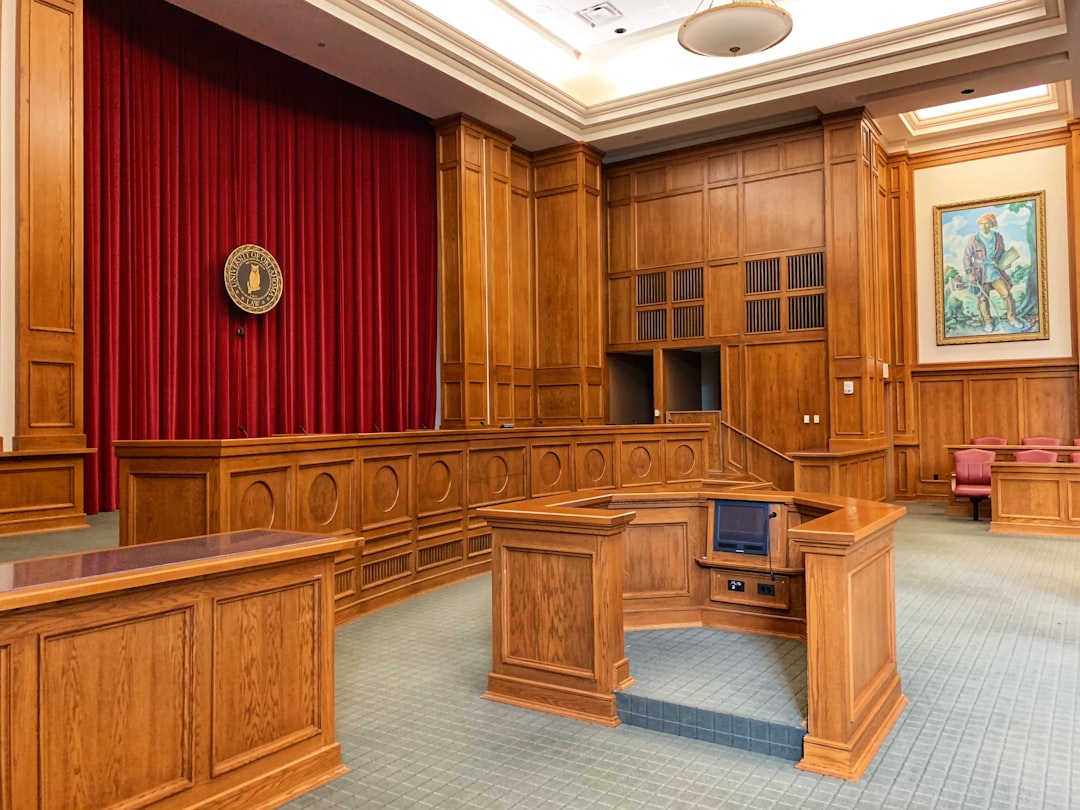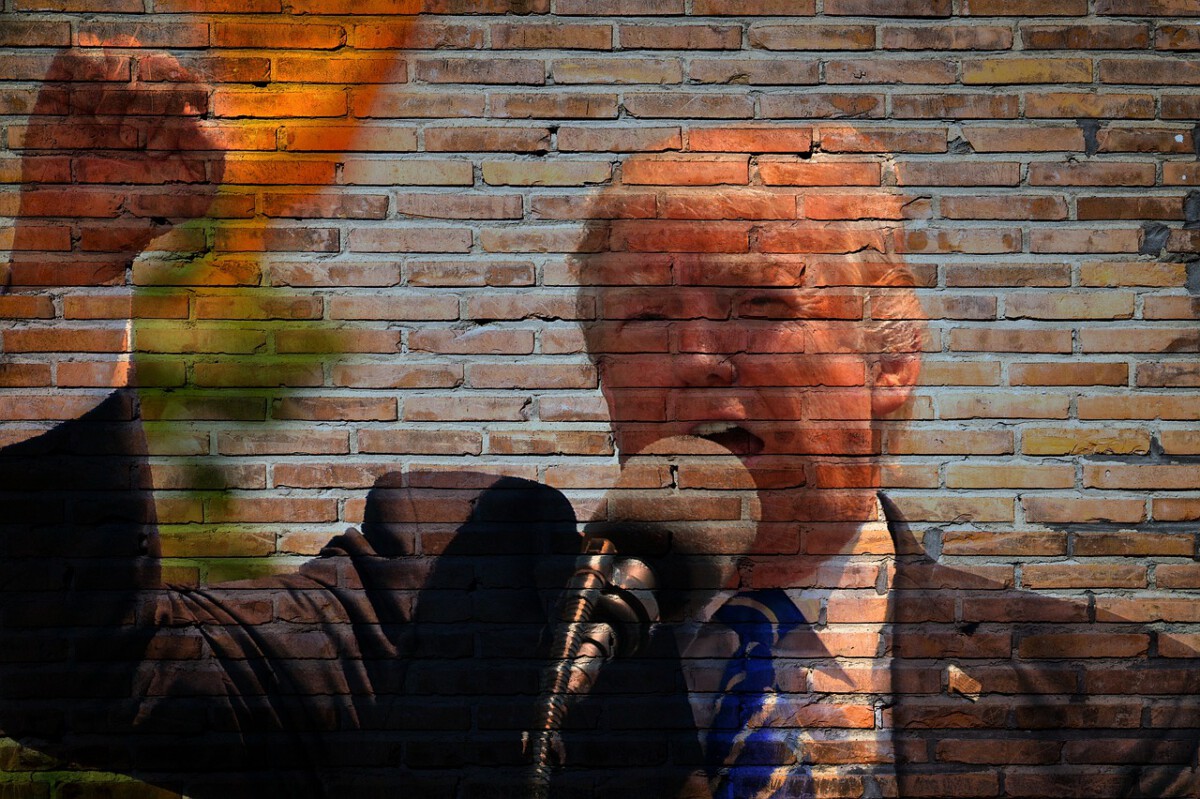World War I, often eclipsed by the subsequent global conflict, was a pivotal event in shaping the 20th century. While many are familiar with the major milestones, there are numerous lesser-known aspects of America’s involvement that can offer a fresh perspective on this historic episode. This article delves into these intriguing facets, presenting a deeper understanding of the United States’ role in the Great War.
The Late Entry into the War

The United States’ late entry into World War I is one of its most intriguing aspects. Although the war erupted in 1914, America did not join the fray until April 6, 1917. This delay was largely due to a prevailing sense of isolationism. Many Americans believed the conflict was Europe’s to resolve, and there was little appetite for involvement. However, Germany’s unrestricted submarine warfare, which threatened American lives and commerce, and the infamous Zimmermann Telegram, which proposed a German-Mexican alliance against the U.S., were significant catalysts that changed public opinion and led to America’s entry into the war.
The American Expeditionary Forces (AEF)

With the declaration of war, the American Expeditionary Forces (AEF) were formed under General John J. Pershing. The AEF made a significant impact in battles like Cantigny and the Meuse-Argonne Offensive. One of the unique attributes of the AEF was its fresh troops, often called “doughboys,” a nickname that originated from the doughnut-like buttons on their uniforms. These troops were instrumental in bolstering Allied morale and bringing new vigor to the front lines, marking a turning point in the war effort.
The Role of Women and Minorities

World War I was a transformative period for women and minorities in the United States. As men left for battle, women filled roles traditionally held by men, working in factories and even serving in various capacities within the military. African Americans also played a crucial role, with units like the 369th Infantry Regiment, known as the “Harlem Hellfighters,” earning accolades for their bravery. These contributions not only supported the war effort but also laid the groundwork for future civil rights advancements.
The Impact of Propaganda

The U.S. government utilized propaganda extensively to rally support for the war. The Committee on Public Information (CPI) was established to promote patriotism and encourage enlistment. Through posters, films, and pamphlets, the CPI conveyed messages that painted the enemy in a negative light and stirred nationalistic fervor. This campaign was pivotal in shaping public sentiment and mobilizing the American populace to support the war effort both at home and abroad.
Economic Changes and War Financing

America’s entry into the war led to significant economic shifts. Financing the war required innovative solutions, such as war bonds, which citizens were encouraged to purchase to support the military. The war also stimulated industrial production and job creation, leading to an economic boom. However, this period of prosperity was not without challenges, as inflation surged and labor strikes erupted with workers demanding better wages and conditions.
The Treaty of Versailles and Its Aftermath

The conclusion of World War I saw the drafting of the Treaty of Versailles, with President Woodrow Wilson playing a crucial role. His Fourteen Points outlined a vision for a post-war world, emphasizing ideas like self-determination and the establishment of the League of Nations. Despite Wilson’s efforts, the U.S. Senate rejected the treaty, signaling a return to isolationism and altering America’s foreign policy trajectory.
The Legacy of World War I

The legacy of America’s involvement in World War I is multifaceted. The war established the U.S. as a global power, but it also highlighted domestic issues such as racial inequality and women’s rights. The experiences of soldiers and civilians during this period sowed the seeds for future social movements. Furthermore, the unresolved tensions and economic instability following the war set the stage for World War II, illustrating the far-reaching consequences of the Great War.
Technological and Tactical Innovations

World War I was a period of significant technological and tactical innovations, many of which involved the United States. The war saw the introduction of tanks, which revolutionized land warfare, and airplanes, which added a new dimension to combat. American engineers and soldiers played vital roles in these advancements, contributing to the development of new strategies and technologies that would shape future conflicts.
Health and Medical Advances

The war also prompted significant advances in medicine and healthcare. The need to treat wounded soldiers led to innovations in surgical techniques and sanitary practices. The war also accelerated the development of prosthetics for injured veterans. These medical advancements not only improved wartime care but also had lasting impacts on civilian healthcare practices.
Personal Stories and Anecdotes

Amidst the grand narratives of World War I, personal stories and anecdotes offer a more intimate glimpse into the human experience of the war. From letters written by soldiers to their families back home to the accounts of nurses tending to the wounded, these stories provide a poignant reminder of the individual sacrifices and heroism that characterized America’s involvement in the conflict.







